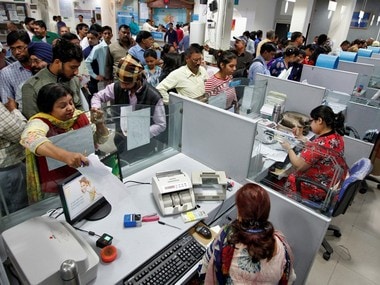The current account is an important indicator of an economy’s health. The current account records a nation’s transactions with the rest of the world—specifically its net trade in goods and services, its net earnings on cross-border investments, and its net transfer payments—over a defined period of time, such as a year or a quarter. A current account deficit (CAD) is when a country imports more goods, services, and capital than it exports. India’s current account deficit (CAD) widened to a four-year high of 2.9 percent of gross domestic product (GDP) in the July-September period, up from 2.4 percent in April-June this year. In absolute terms, the CAD, or the gap between inflow and outflow of foreign exchange in the current account, was $16.9 billion in the October-December 2018 period, up from $13.7 billion in the year-ago period. In economics, a country’s current account is one of the two components of its balance of payments, the other being the capital account (also known as the financial account). The current account consists of the balance of trade, net primary income or factor income (earnings on foreign investments minus payments made to foreign investors) and net cash transfers, that have taken place over a given period of time. [caption id=“attachment_4372629” align=“alignleft” width=“380”]  Representational image. Reuters.[/caption] The current account balance is one of two major measures of a country’s foreign trade (the other being the net capital outflow). A current account surplus indicates that the value of a country’s net foreign assets (i.e. assets less liabilities) grew over the period in question, and a current account deficit indicates that it shrank. Both government and private payments are included in the calculation. It is called the current account because goods and services are generally consumed in the current period. Current account is an account at a bank or a housing society from which money may be withdrawn without notice, typically an active account catering for frequent deposits and withdrawals by cheque. Companies, public enterprises, businessmen who generally have higher number of regular transactions with the bank have a current account. The current account includes deposits, withdrawals, and contra transactions and is called the Demand Deposit Account. A current account can be opened in most of the commercial banks. As a zero-account, it is generally used for large transactions frequently. They don’t earn any interest. Follow full coverage of Union Budget 2019-20 here
Companies, public enterprises, businessmen who generally have higher number of regular transactions with the bank have a current account.
Advertisement
End of Article


)

)
)
)
)
)
)
)
)



